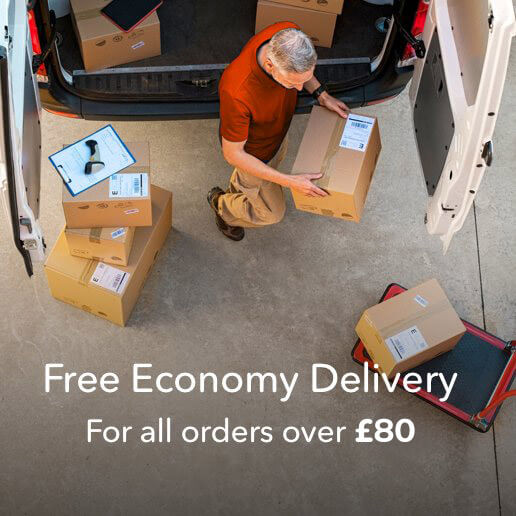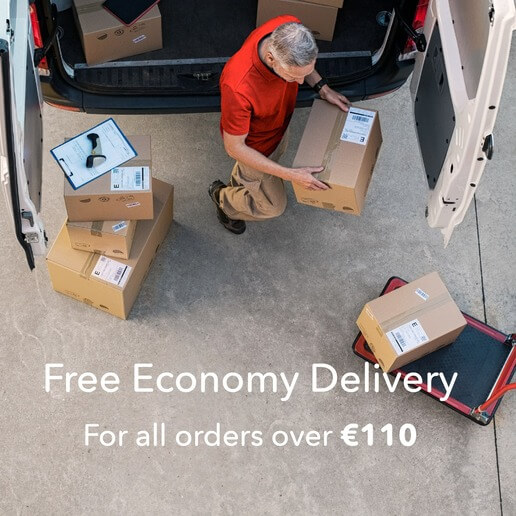A Guide to Paper Sizes when Designing a Brochure « Back to list
Paper weight refers to the thickness of the sheet of paper that you pick for your printed product. Here at DigitalPrinting.co.uk, we offer a wide range of weights for you to choose from for your brochure.
Pape weight will impact on the cost of your final print job, however, it can also impact on the perceived quality of your brochure.
(Find out more about paper weights with our recent blog: a guide to paper weights when designing your brochure)
Paper size, which is another important aspect to consider when designing your brochure.
The size of pages you decide to use will often impact on what you can include in your brochure, so it’s important that you make this decision before starting designing your brochure so you know how much room you have to work with.
Going bigger with your pages can give you more space to work with and get creative but it can also be more expensive. Opting for a smaller page size can help you save money but can also reduce the amount of space you have to get your message across. Smaller page sizes can, however, lend themselves to making an impact and can work particularly well in providing support information for products.
Common paper sizes for brochures:
A4:
The most popular paper sizes when it comes to creating a brochure is A4. A4 is the most used paper size in the world and a format and size that consumers are familiar with. The dimensions of an A4 page are 297mm high x 210mm wide (11.69 inches x 8.27 inches). An A4 page also covers an area of 0.65 square foot. When it comes to creating an A4 brochure, your design will be a folded A3 page. This is why it is important to remember your bleed area and any margins.
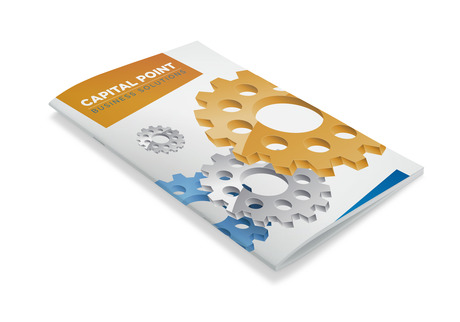
A5:
A5 is the runner up when it comes to the most popular paper size. An A5 brochure is A4 pages folded and is a much more compact brochure that allows you to prioritise your information to provide the most important details to your customers. It does, however, provide you with enough space to get creative, especially if you are using it as a brochure to showcase products or images. An A5 page has dimensions of 210mm high x 148mm wide (8.27 inches x 5.83 inches). Again, it is important to remember your bleed and margin dimensions to ensure you use the correct area when designing for print with an A5 brochure.
A3:
Another popular brochure size which can be on the larger size but none the less offers great visual impact is an A3 brochure. A3 brochures are folded A2 pages and are often used for brochures with fewer pages due to the added cost of printing larger pages. They do however provide you with additional space to get creative and can be a great way to showcase a series of products. The dimensions for A3 pages are 297mm high x 420mm wide (11.69 inches x 16.54 inches). These dimensions also happen to be the same as the length of an A4 page (297mm) and the width of an A2 page (420mm).
DL:
Another increasingly popular page size for brochures is 1/3 A4 or DL as it is more commonly known. DL stands for dimension lengthwise and three DL’s make up an A4 page. DL size is extremely popular for creating brochures and menus and is the perfect size for inserting into envelopes. This makes DL brochures a popular size for direct mail campaigns. If you are considering DL size pages for a brochure, the key dimensions to remember are 210mm high x 99mm wide.
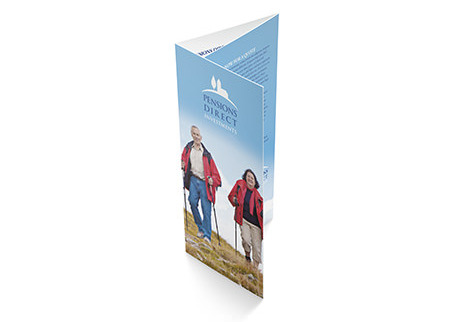
210mm x 210mm:
A popular brochure size that we regularly come across here at Digital Printing is 210mm x 210mm. This square approach is becoming increasingly popular with companies who wish to highlight their products and services.
Other paper sizes to consider:
While we have looked at some of the most popular paper sizes for brochures, it is also possible to look at larger or smaller pages to help make your brochure really memorable.
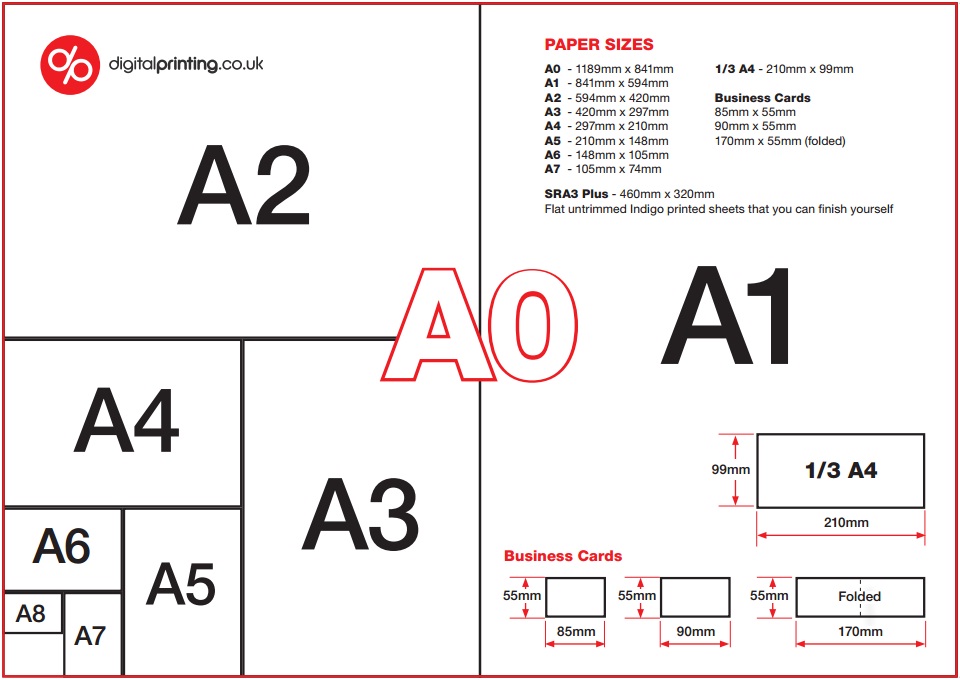
Now that you have an idea of the different sizes of pages to use when designing your next brochure, it’s time to start thinking about how to design a brochure your customers will want to read.
The size and type of paper you choose for your brochure is only as good as the information you put into it. Take your time to get the right message and right look for your brochure.
For more information on designing a brochure for print get in touch with our expert team today or connect with us on Facebook and Twitter.

